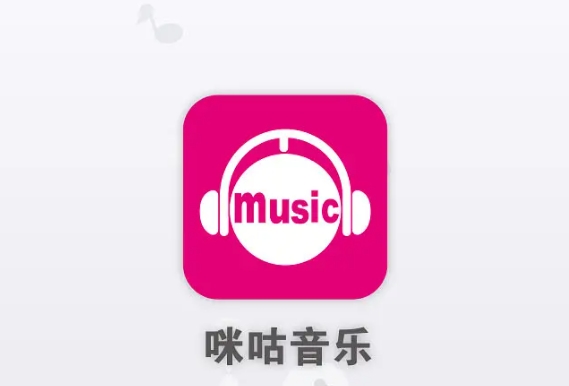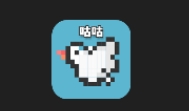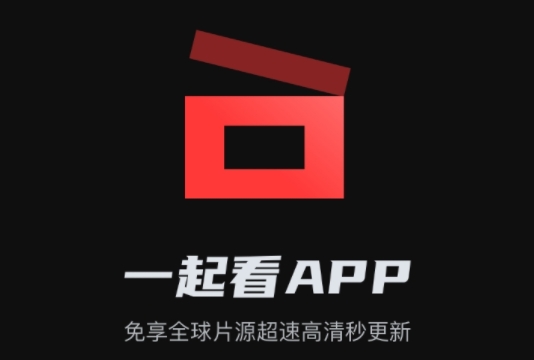最新下载
热门教程
- 1
- 2
- 3
- 4
- 5
- 6
- 7
- 8
- 9
- 10
laravel框架如何使用极光推送消息操
时间:2022-06-24 22:23:52 编辑:袖梨 来源:一聚教程网
laravel框架如何使用极光推送消息操?这篇文章主要介绍了laravel框架使用极光推送消息操作,结合实例形式详细分析了laravel框架扩展jpush-api-php-client实现极光推送消息具体操作步骤与使用技巧,感兴趣的用户就来一聚教程网参考一下吧!
本文实例讲述了laravel框架使用极光推送消息。分享给大家供大家参考,具体如下:
最近需要使用极光推送往客户端推消息,所以这里记录下使用过程。
极光推送的服务端文档:
https://docs.jig*ua**ng.cn/jpush/server/push/server_overview/
极光推送服务端PHP代码:
https://**g*ithub.com/jpush/jpush-api-php-client
在laravel项目下安装极光推送
composer require jpush/jpush
我们在config目录下创建一个jpush.php文件,用于获取key和secret
env('JPUSH_APP_KEY', ''),
'master_secret' => env('JPUSH_MASTER_SECRET', ''),
'apns_production' => env('JPUSH_APNS_PRODUCTION', true),
];
然后在 .env 文件中配置相应参数
JPUSH_APP_KEY= JPUSH_MASTER_SECRET= JPUSH_APNS_PRODUCTION=true
然后我们在app目录下,创建一个 Services目录,并创建JPushService.php
push();
//设置平台
$push->setPlatform($platform);
switch ($type) {
case self::PUSH_TYPE_ALL:
$push->addAllAudience();
break;
case self::PUSH_TYPE_TAG:
$push->addTag($tag);
break;
case self::PUSH_TYPE_ALIAS:
$push->addAlias($alias);
break;
case self::PUSH_TYPE_REG_ID:
$push->addRegistrationId($reg_id);
break;
}
$push->androidNotification($content, [
'title' => $title,
'builder_id' => $builder_id,
'extras' => $extras,
])->iosNotification($content, [
'sound' => 'sound',
'badge' => '+1',
'extras' => $extras
])->options([
'apns_production' => config('jpush.apns_production', true),
//表示离线消息保留时长(秒)
'time_to_live' => 86400,
]);
$response = $push->send();
if ($response['http_code'] != 200) {
Log::channel('jpush')->error(json_encode($response, JSON_UNESCAPED_UNICODE));
}
return $response;
} catch (Throwable $e) {
Log::channel('jpush')->error(json_encode([
'file' => $e->getFile(),
'line' => $e->getLine(),
'message' => $e->getMessage(),
'params' => $params,
], JSON_UNESCAPED_UNICODE));
}
}
/**
* 获取指定设备的别名和标签
*/
public static function getDevices($reg_id)
{
$response = self::getInstance()->device()->getDevices($reg_id);
if ($response['http_code'] == 200) {
return $response['body'];
}
return [];
}
/**
* 给指定设备添加标签
*/
public static function addTags($reg_id, $tags = [])
{
$response = self::getInstance()->device()->addTags($reg_id, $tags);
if ($response['http_code'] == 200) {
return true;
}
return false;
}
/**
* 清空指定设备的标签
*/
public static function clearTags($reg_id)
{
$response = self::getInstance()->device()->clearTags($reg_id);
if ($response['http_code'] == 200) {
return true;
}
return false;
}
/**
* 清空指定设备的标签
*/
public static function removeTags($reg_id, $tags = [])
{
$response = self::getInstance()->device()->removeTags($reg_id, $tags);
if ($response['http_code'] == 200) {
return true;
}
return false;
}
/**
* 更新指定设备的别名
*/
public static function updateAlias($reg_id, $alias)
{
$response = self::getInstance()->device()->updateAlias($reg_id, $alias);
if ($response['http_code'] == 200) {
return true;
}
return false;
}
}
创建完后,我们就可以在项目中调用 JPushService::pushNotify() 来推消息了。
JPushService::pushNotify([
//标题
'title' => '测试',
//内容
'content' => '测试',
//设备标识,跟设备相关
'reg_id' => 'xxxxxxxxxxx',
//扩展字段
'extras' => [
'key' => 'value',
],
//推送类型
'type' => JPushService::PUSH_TYPE_REG_ID,
]);
reg_id是前端安卓或IOS获取到后,传给PHP后端,然后跟用户关联,存起来。
注意,reg_id是跟设备相关的,同一个设备上的APP,当不同用户登陆时,reg_id是一样的,这样会导致一个问题。
A用户登APP后,又切换到B用户,那B用户会收到发送给A用户的消息,这会造成消息错乱。
解决方法:
通过别名来发送消息,因为一个设备只能绑定一个别名,当A用户登陆时,把 reg_id 绑定到别名 user_a,切换用户或退出时,就把别名置空。
然后B用户登陆,就把 reg_id 绑定到 user_b 上。推消息时,就通过别名来推送消息。
绑定别名(推荐使用用户ID来区分不同的别名):
JPushService::updateAlias($user->jpush_reg_id, 'user_id_' . $user->id);
置空别名:
JPushService::updateAlias($user->jpush_reg_id, '');
通过别名发送:
JPushService::pushNotify([ 'title' => '测试', 'content' => '测试', 'alias' => 'user_id_' . $message->receive_id, 'extras' => $extras, 'type' => JPushService::PUSH_TYPE_ALIAS, ]);
相关文章
- TikTok国际版官网下载入口-安全访问全球版TikTok 12-15
- 新三国志曹操传马超无双试炼四通关攻略 12-15
- 俄罗斯YANDEX引擎官网入口-免登录直达Yandex首页 12-15
- 漫蛙ManWa在线免费阅读入口_漫蛙ManWa官方网页版一键直达 12-15
- 逃离鸭科夫仓库区地窖在哪 仓库区地窖入口位置详情 12-15
- 光与影33号远征队熙艾尔bd玩法:熙艾尔毕业装备与加点思路介绍 12-15














